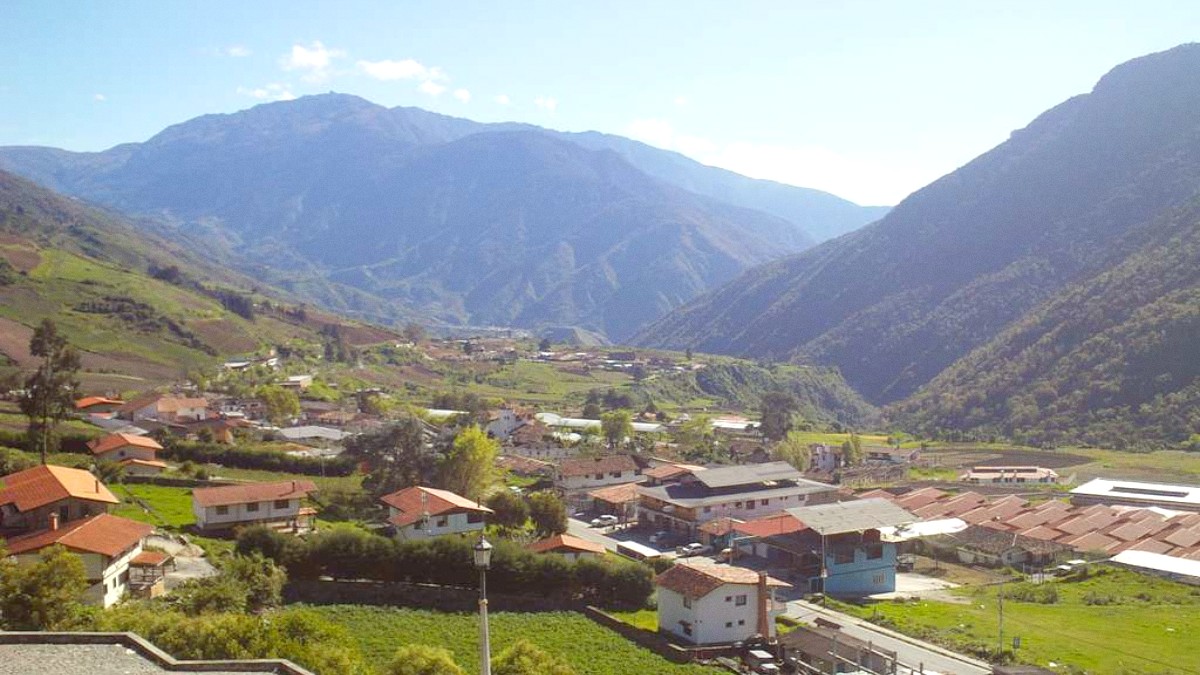
Dominican Republic
Santo Domingo presents a comprehensive public transportation network, giving affordable ways to navigate the city.
The Metro offers a fast way to cross longer distances. OMSA buses are very inexpensive. Guaguas (minivans/publicos) offer flexible, cheap travel, though they can be confusing for non-Spanish speakers.
Metro needs a rechargeable card (Tarjeta SDQ), single rides around DOP 20. OMSA buses and Guaguas accept cash only (DOP 15-50).
Metro operates from 6:00 AM to 10:30 PM daily. Buses/Guaguas run from early morning until late evening.
The Metro system is generally accessible. OMSA buses and `guaguas` have limited accessibility for travelers with mobility needs.
Fast, clean, affordable. Two lines.
Very cheap, fixed routes, can be crowded.
Shared minivans, flexible stops, cash only.
Uber/Didi for convenient, tracked rides.
Taxis and ride-sharing services offer convenient, door-to-door transportation options throughout Santo Domingo. They are reliable alternatives to public transport, especially for direct routes or at night.
Requires valid driver's license (IDP recommended) and major credit card. International brands available. Opt for full insurance due to local driving conditions.
Generally not recommended for tourists due to chaotic traffic and high accident risk. Safer alternatives are available.
Limited formal sharing programs. Some hotels or tour operators in Colonial Zone offer rentals for local exploration.
Embrace active exploration of Santo Domingo by foot or bicycle, especially in designated areas. This offers an immersive way to discover the city's charm.
Available for tourists, especially within the Colonial Zone and extending to some nearby attractions. A hop-on-hop-off bus tour can offer a convenient way to see major sights.
Convenient Sightseeing
Limited within Santo Domingo itself. Boat tours are mainly for excursions on the Ozama River (offering views of the Colonial Zone and Faro a Colón) or to nearby coastal areas for beach trips.
Scenic River Tours
Infrastructure in Santo Domingo is generally limited. Newer hotels and commercial centers in modern districts are more likely to offer accessible facilities. Public transport (except parts of the Metro) has limited accessibility.
Plan Ahead for Access
The city's public transport system, specifically the Metro, is a budget-friendly way to travel longer distances.
For exploring the Colonial Zone, walking is the top choice, offering an immersive experience.